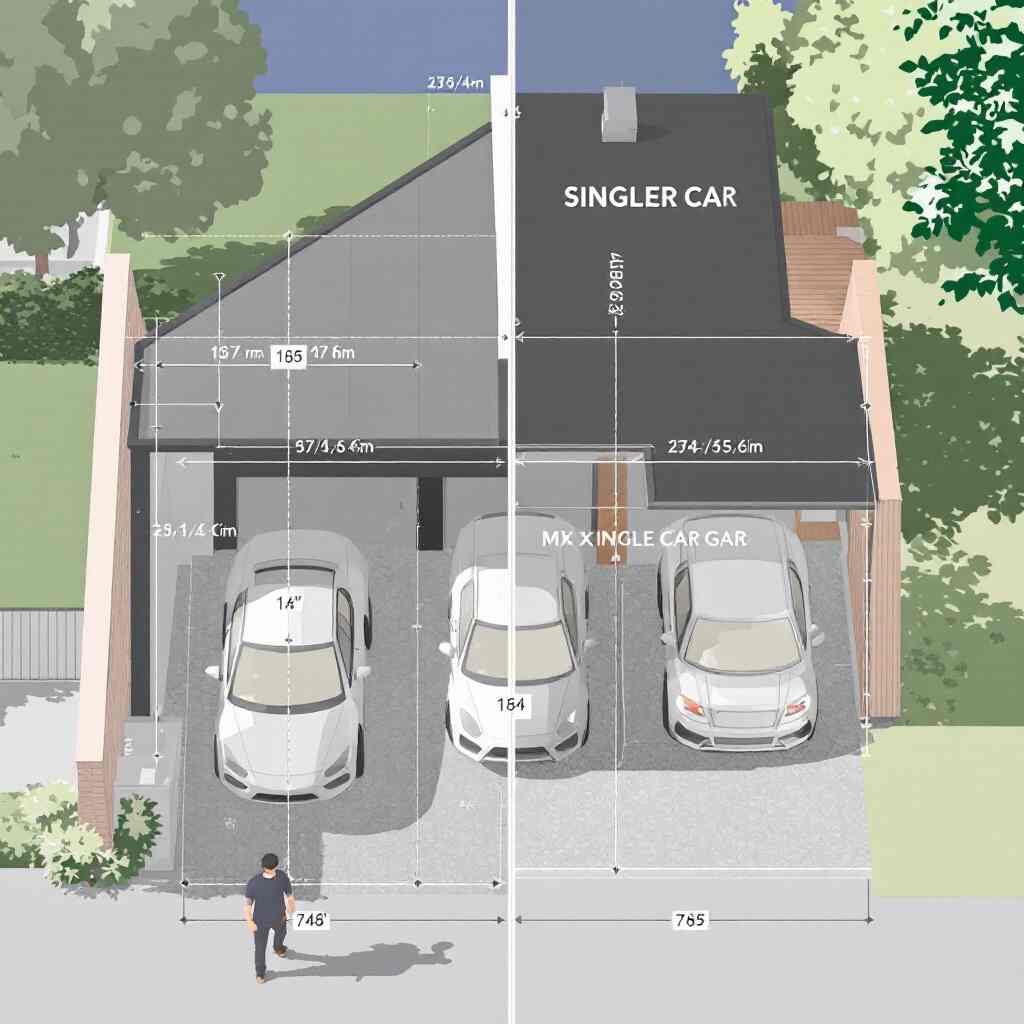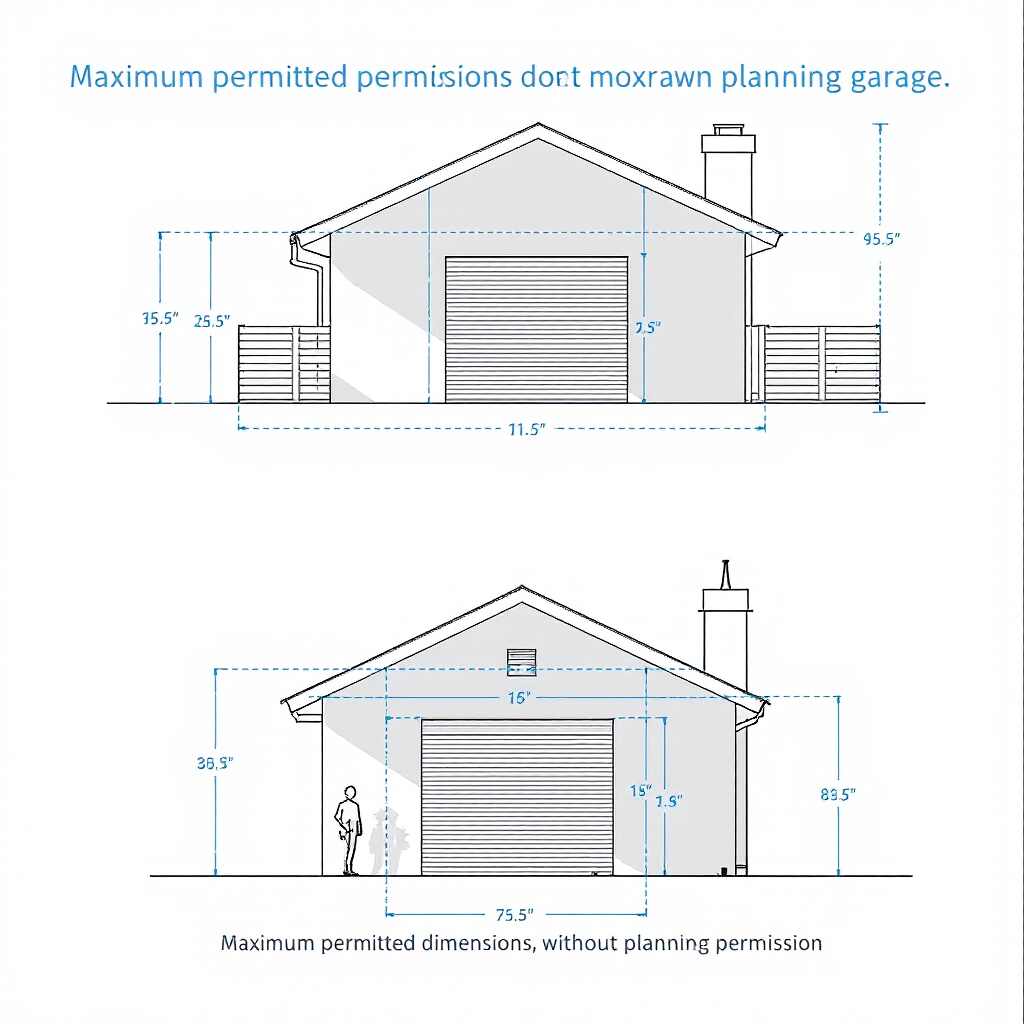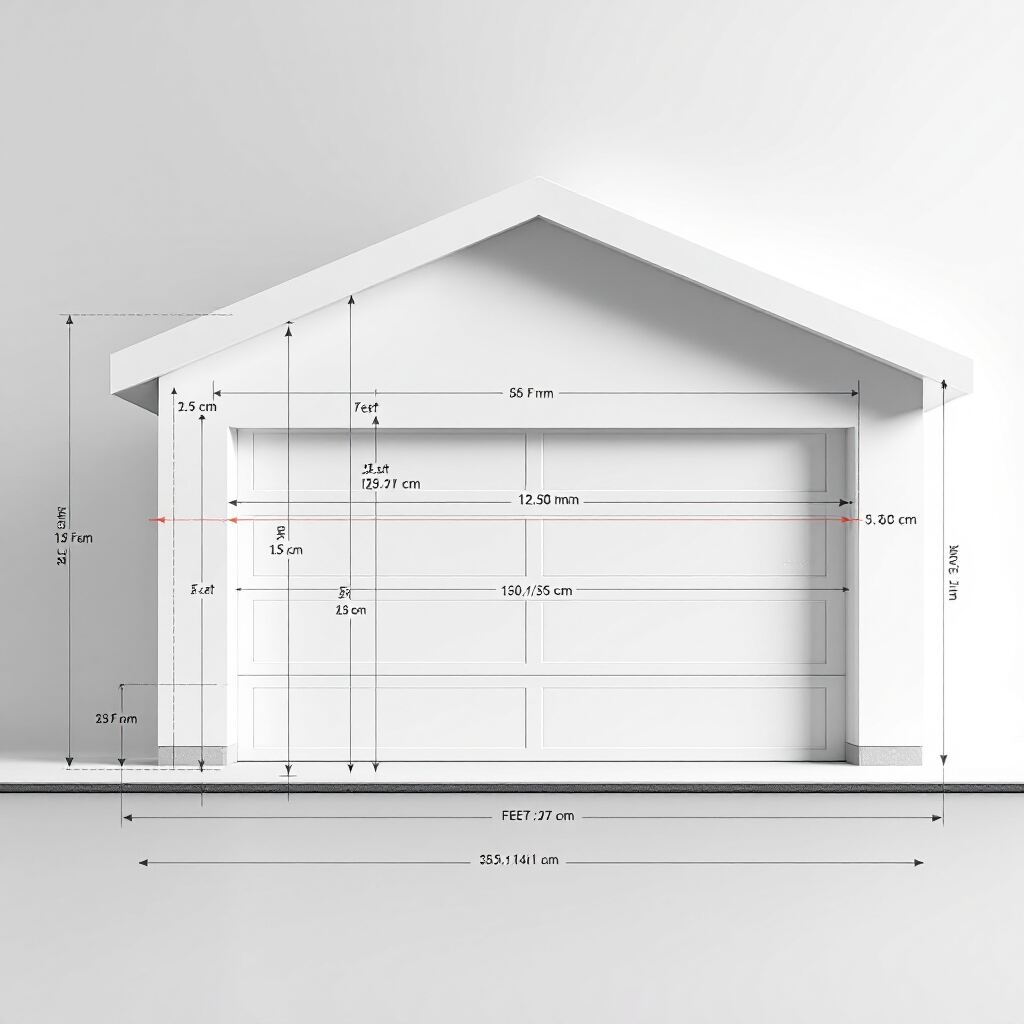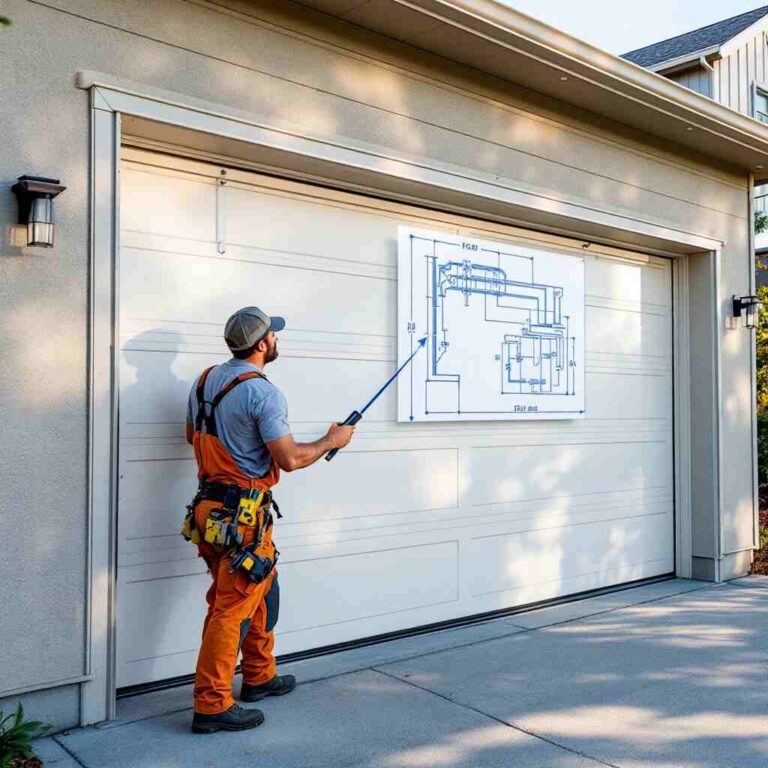When building a garage on your property, one of the most important considerations is the spacing between the house and the garage. This isn’t just about aesthetics or convenience—proper spacing ensures safety, compliance with local laws, and usability. Additionally, understanding how big a house garage can be without planning permission is crucial for avoiding unnecessary delays or penalties.
Why Spacing Between a House and a Garage Matters
The distance between a house and a garage isn’t just a random measurement—factors like safety, legal regulations, and functionality determine it. Let’s explore why this spacing is so important.
Safety Considerations
Fire Safety: A garage often stores flammable materials such as gasoline, paints, and car fluids. Placing a garage too close to your house without proper fireproofing could increase the risk of fire spreading to your home. Most local building codes address this by specifying minimum distances or requiring fire-rated walls.
Accessibility for Emergencies: In case of an emergency, such as a fire or structural collapse, it’s important to ensure there’senough space for rescue teams to access the house and the garage.
Legal and Regulatory Considerations
Every region has its own set of rules regarding the placement of garages. These rules are based on local building codes and zoning laws, which dictate how close a structure can be to property lines, other buildings, or public spaces.
Before building, you’ll need to check with your local council or planning authority to understand the planning permission requirements. Ignoring these regulations can result in penalties, fines, or even the structure’s demolition.
Minimum Distance Between House and Garage: General Guidelines
So, how much space should you leave between your house and garage? While exact requirements vary by location, here are some general guidelines .
You may also read (is it possible to add a garage to my house).
Common Minimum Distances
The recommended minimum distance between a house and a detached garage is 5 to 15 feet in many areas. This range provides enough space for accessibility, ventilation, and safety. However, the exact distance may depend on local regulations and the purpose of the garage (e.g., car storage vs. a workshop).
For instance:
- United States: Minimum setbacks often range from 5 to 10 feet, depending on the state and municipality.
- United Kingdom: Detached garages should generally be at least 3 meters (9.8 feet) away from neighbouring properties or boundaries.
Fire Safety and Building Codes
Most building codes emphasize fire separation between a garage and other structures. For example:
- If a garage is built less than 10 feet from a house, many areas require a fire-rated wall to reduce the risk of fire spreading.
- Additional requirements may include fireproof doors, fire-resistant roofing, or sealed ceilings.
These measures not only improve safety but also impact your home insurance premiums.
Accessibility and Usability
When planning the spacing, it’s important to think about how you’ll use the garage. For example:
- Driveways: Ensure there’s enough space for vehicles to manoeuvre. A common recommendation is to leave at least 24 feet of space in front of the garage for vehicle turnaround.
- Pedestrian Access: Leave room for walkways, landscaping, and outdoor storage areas.
By considering both functionality and aesthetics, you can create a practical and visually appealing space.
When Is Planning Permission Needed?
One of the most frequently asked questions about building a garage is whether planning permission is required. Let’s break it down.
What Is Planning Permission?
Planning permission is essentially approval from your local authority to build or modify a structure on your property. It ensures your project complies with local zoning laws, environmental rules, and safety standards.
You may not need planning permission in some cases, thanks to permitted development rights.
Building Without Planning Permission: Criteria
To build a garage without planning permission, you’ll typically need to meet the following conditions:
- Size Limits: The garage must not exceed 30 square meters in floor area.
- Height Restrictions:
- 4 meters (13 feet) for a dual-pitched roof.
- 3 meters (9.8 feet) for a flat or single-pitched roof.
- Land Coverage: The garage and other outbuildings must not cover more than 50% of the land around your house.
- Boundary Rules: If the garage is built within 2 meters of a boundary, its height must not exceed 2.5 meters.
Location Rules and Special Circumstances
There are additional rules for certain properties, such as:
- Conservation Areas: If your property is protected, stricter regulations may apply.
- Listed Buildings: You’ll almost always need planning permission for garages near listed properties.
Always consult your local authority to confirm the rules for your specific situation.
How Big Can a House Garage Be Without Planning Permission?
Maximum Allowable Dimensions
As mentioned earlier, the largest garage you can typically build without planning permission in the UK is:
- 30 square meters in floor area.
- 4 meters in height (dual-pitched roof) or 3 meters (flat/single-pitched).
These dimensions ensure that small, single-storey structures don’t interfere with neighbours or local aesthetics.
Practical Examples
Here are some real-life examples of garages that fit within permitted development rights:
- Single Garage: A standard single garage (approximately 3m x 6m) is within the size limits.
- Double Garage: A detached double garage may also qualify if it’s carefully designed to stay under the size and height limits.
- Combination Structures: Some homeowners build garages with attached storage sheds, provided the combined area stays within the 30-square-meter rule.
Exceptions and Special Rules
In some cases, you’ll need planning permission regardless of size. For instance:
- Garages in Conservation Areas: Small structures may require approval to preserve the area’s character.
- Proximity to Boundaries: Stricter rules may apply if your garage is too close to a neighbour’s property.
Common Mistakes to Avoid
When building a garage, it’s easy to make mistakes that lead to costly consequences. Here are some common pitfalls and how to avoid them.
Overlooking Local Rules
Regulations can vary significantly between municipalities. Always check with your local planning office to confirm the specific rules in your area.
Ignoring Fire Safety
Don’t cut corners on fireproofing measures, especially if your garage is nearby. Adding fire-resistant materials upfront can save you from expensive retrofits later.
Misjudging Driveway Space
Many homeowners forget to leave enough space for vehicles to manoeuvre. Plan for at least 24 feet of clearance in front of the garage.
You may also read (paint your metal garage door)

